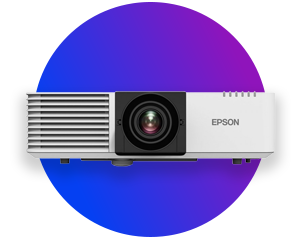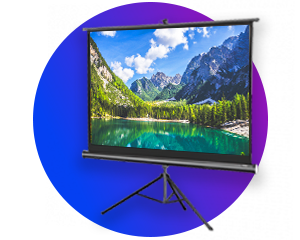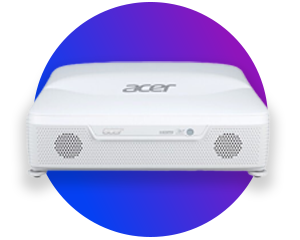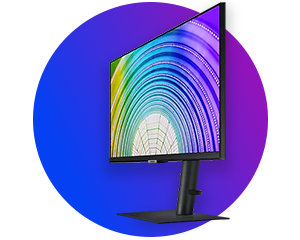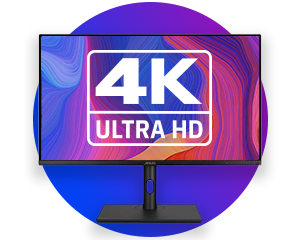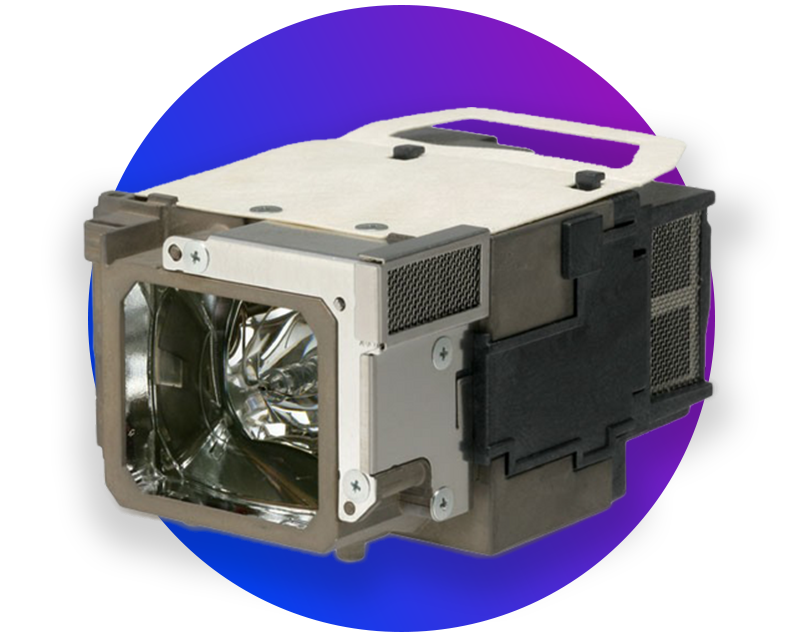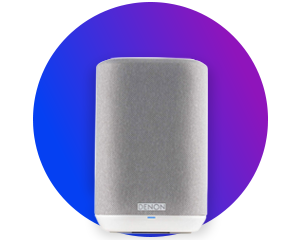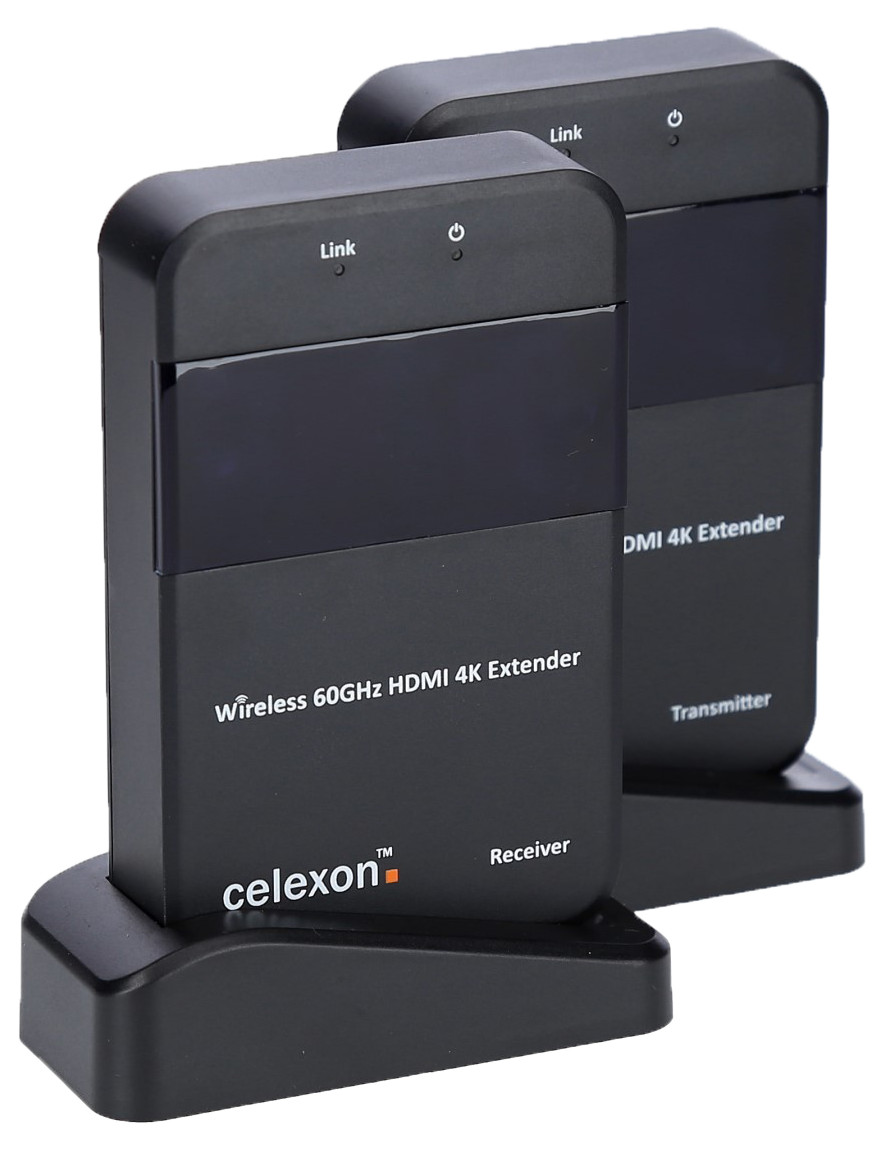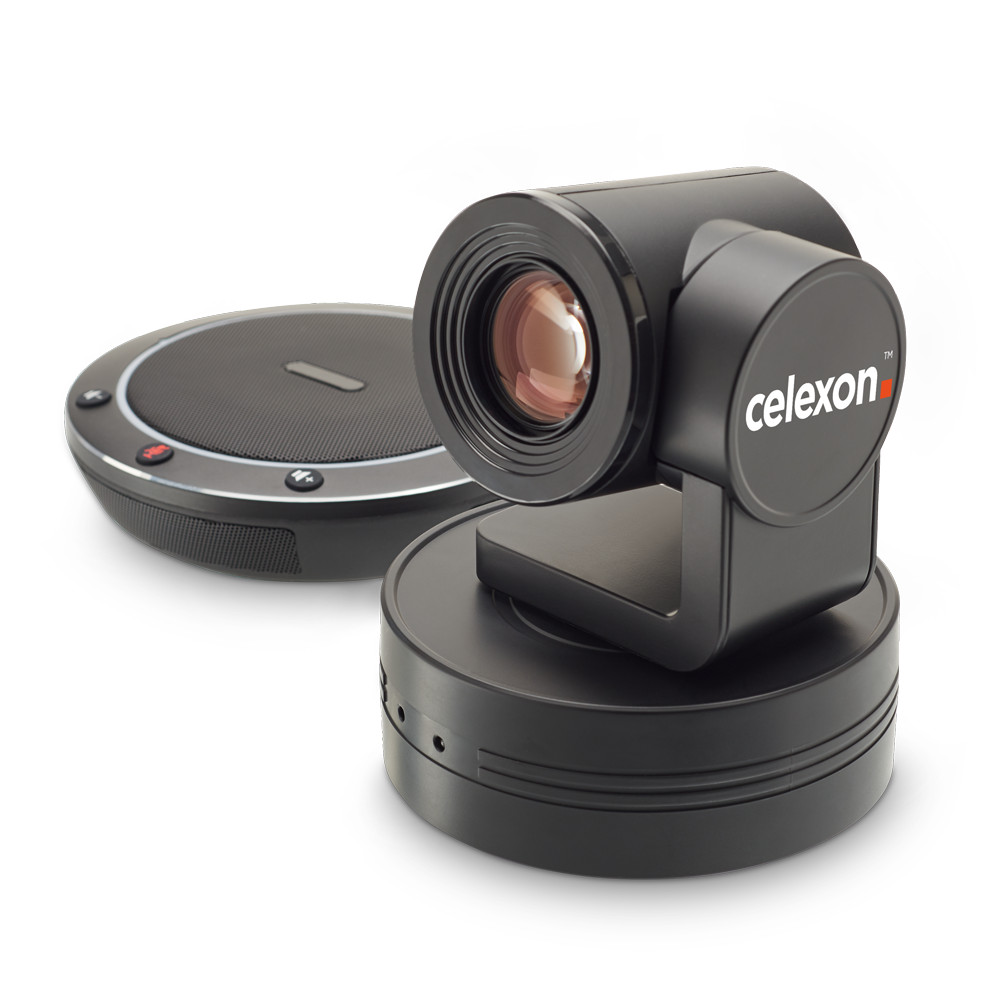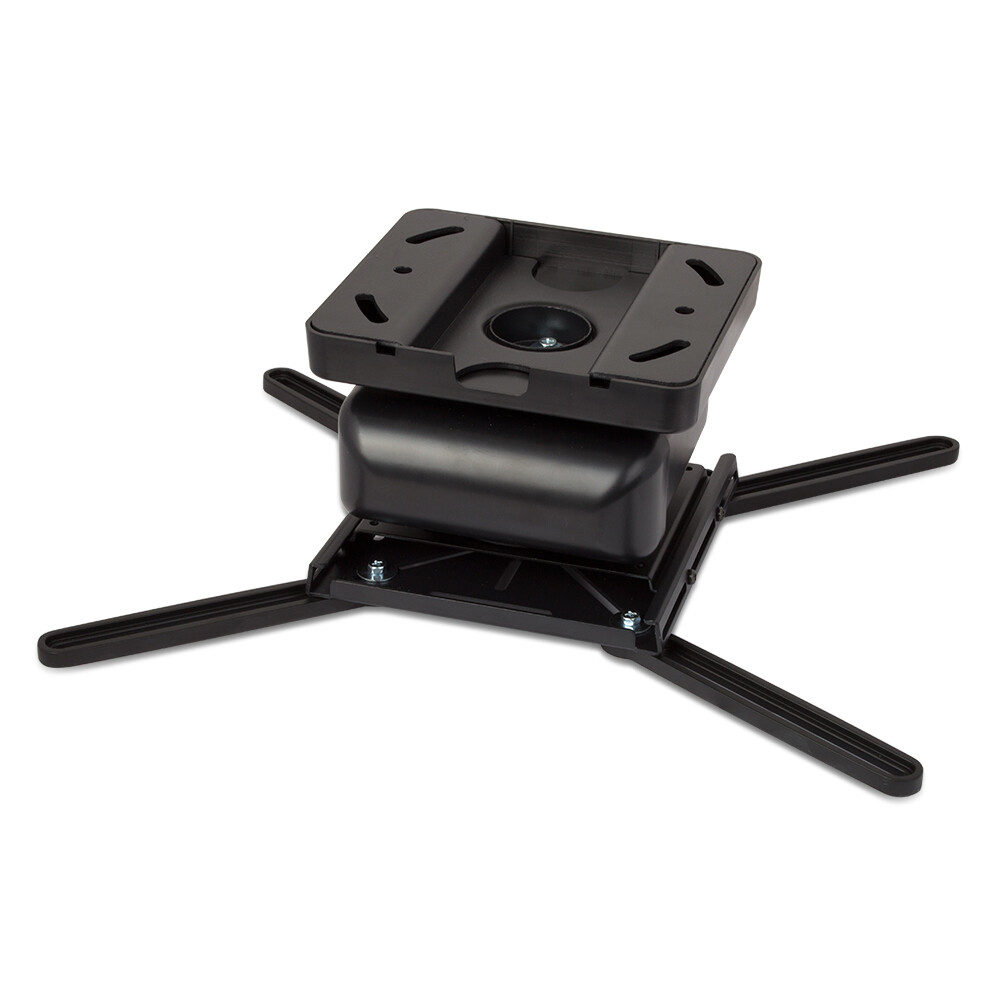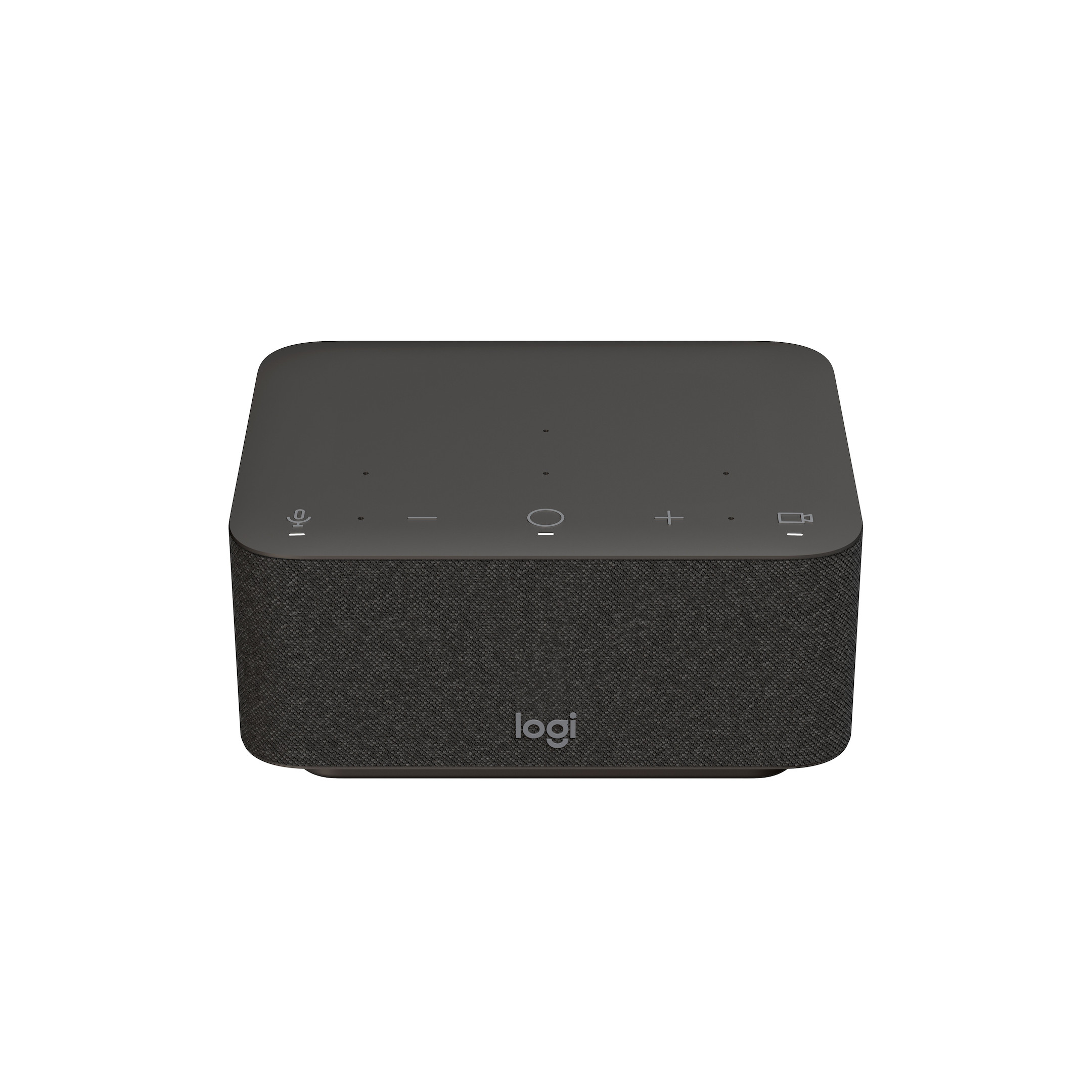Solutions for private customers
We offer our private customers home cinema and home office solutions with the best components from renowned manufacturers. We put together an individual home cinema for you - including projector, screen, home cinema system and Blu-ray player or, if desired, many other components such as Laser TV .
We also offer the complete equipment for your home office workplace. Convince yourself of the best Logitech, Jabra and Microsoft product quality!
4 Products
Sort by:


